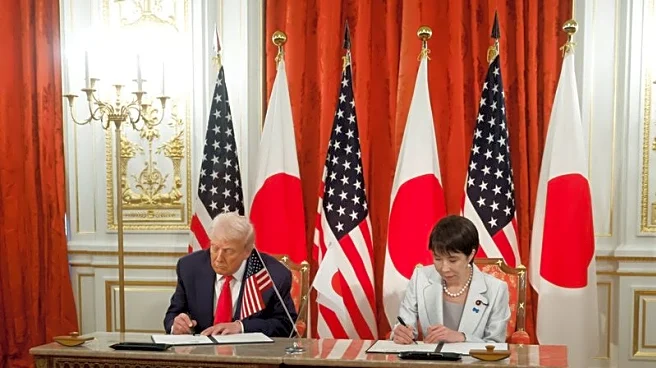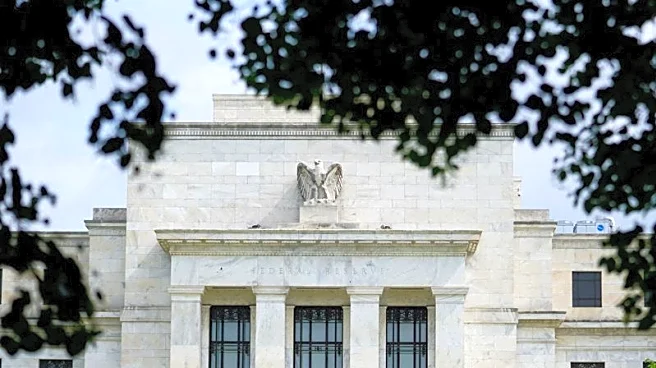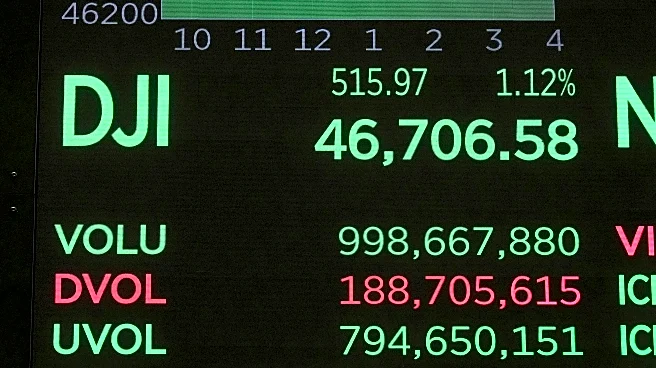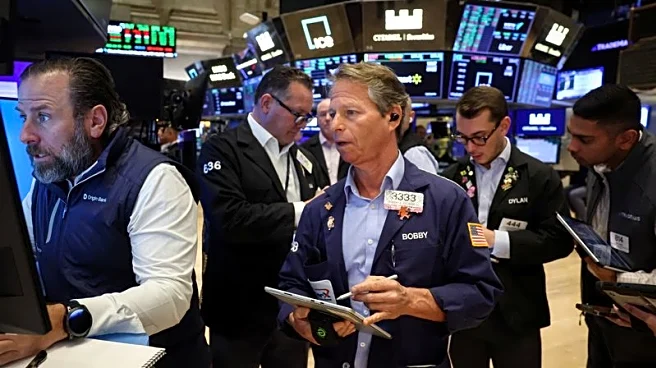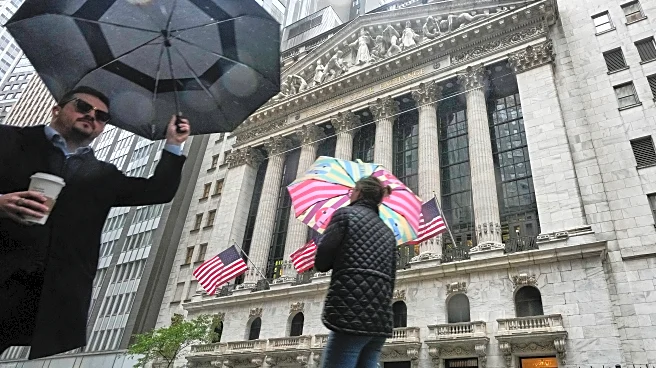What's Happening?
The Federal Reserve committed a total of $29 trillion in bailout funds to Wall Street during the global financial crisis, according to a detailed analysis. This figure includes direct lending and asset purchases across various facilities created to address
the crisis. The Fed's actions, initially shrouded in secrecy, were revealed following a Congressional mandate and a Freedom of Information Act lawsuit. The bailout involved multiple facilities, with the Central Bank Liquidity Swaps, Primary Dealer Credit Facility, and Term Auction Facility accounting for the majority of assistance.
Why It's Important?
The scale of the Federal Reserve's bailout highlights the significant intervention required to stabilize financial markets during the crisis. The transparency issues surrounding the Fed's actions raise questions about accountability and oversight in managing economic emergencies. The bailout underscores the interconnectedness of financial institutions and the government's role in ensuring economic stability. Understanding the implications of such large-scale interventions is crucial for evaluating future policy responses to financial crises.
What's Next?
The revelations about the Fed's bailout may prompt discussions on improving governance and transparency in financial crisis management. Policymakers and economists may explore strategies to enhance oversight and accountability in the Fed's operations. The potential for future financial crises necessitates a comprehensive approach to managing systemic risks and ensuring the stability of financial markets.
Beyond the Headlines
The ethical and strategic dimensions of the Fed's bailout involve considerations of fairness and the long-term impact on economic policy. The role of government in supporting financial institutions during crises raises questions about the balance between market forces and regulatory interventions. The need for a robust framework to address financial emergencies and protect economic stability is essential for maintaining public trust and confidence.



